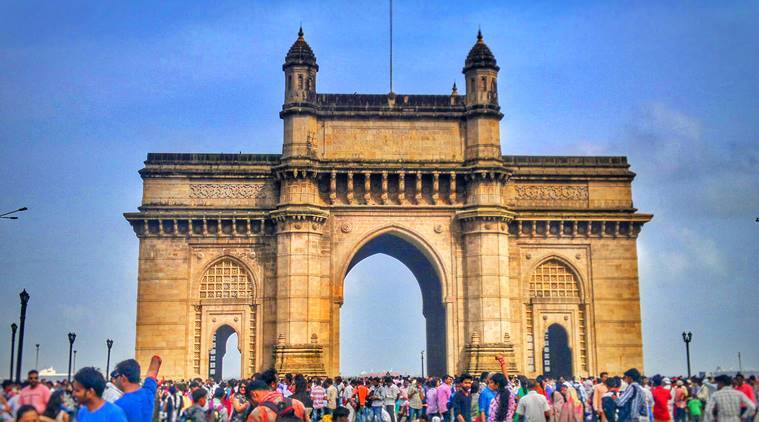 The civic body will raze these structures and redesign them into a single structure with a minimalist appearance.
The civic body will raze these structures and redesign them into a single structure with a minimalist appearance. THE BRIHANMUMBAI Municipal Corporation (BMC) has planned to redesign tourist amenities and visitor facilities at the landmark tourist heritage precinct of Gateway of India in South Mumbai to provide an unhindered view of the monument.
Presently, the view is hindered by a toilet block, ticketing booths, a security chowky and other temporary sheds that have also come up around the boundary of the precinct that is used by the security.
The civic body will raze these structures and redesign them into a single structure with a minimalist appearance. The single structure will come up beside the footpath and open up the precinct of the national heritage. The project is estimated to cost Rs 14 crore. No trees will be cut during the project, officials said.
A senior civic official said, “Presently, the view of the Gateway of India monument, the fountain and the Chhatrapati Shivaji Maharaj statue in the precinct is blocked by these buildings. They have been set up haphazardly over the past few years. We want to remove obstructions to the view. All amenities will be developed in one single building on the side of the street and the design of this building will be minimal without the use of bright colours, so it does not take away from the view.”
Tenders have been floated for the project, and work will start within one month, officials said.
The Gateway of India is listed as a Grade I heritage property and the sub-precinct is part of the heritage precinct of the Fort. There is also a fountain in the precinct named after George Wittet, the Scottish architect, who designed the monument.
The upgradation was first proposed to the Mumbai Heritage Conservation Committee (MHCC) in August 2021 and was passed at the same time. It proposed the demolition of all existing tourist plaza and restructuring them into smaller structures hidden between large trees without making use of underground structures like basements due to the possibility of flooding in the area from the sea.
The proposal suggested opening up the garden around the Shivaji statue for public use, streamlining street furniture such as light poles, benches and garbage bins to resonate with the heritage look. It also proposed consideration of advanced surveillance and security.